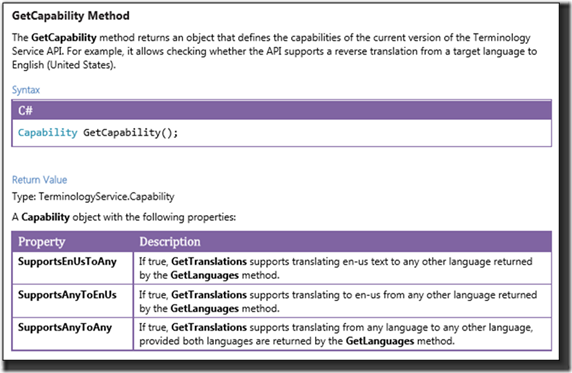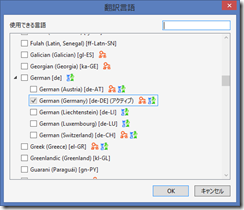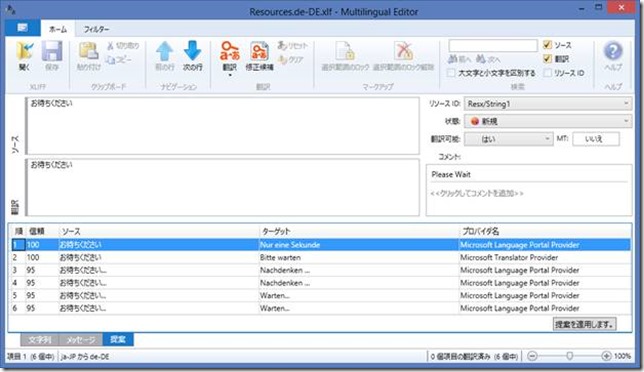New version of Microsoft Terminology API launched
Today the Microsoft Terminology team announced updates to the Microsoft Terminology API. This update expands the number of language combinations possible and provides more precise translation results.
You are probably aware that the Multilingual App Toolkit uses a language provider model to enable translation services for the Multilingual Editor and Visual Studio integration. The Multilingual App Toolkit ships with two language service providers, the Language Portal provider and the Microsoft Translation provider, which are accessed using this model.
The Language Portal provider uses Microsoft’s Terminology Service API when requesting translations. This enables any improvements in the service to be reflected immediately when exposed via the Multilingual App Toolkit.
Palle and the Terminology API team have been committed to supporting expanded language combinations for some time now. In fact, the first version of the API included a method to indicate the service’s language capability so changes could be dynamically enabled in the future.
GetCapability() method from the Terminology API documentation
With today’s announcement the Multilingual App Toolkit will automatically use the Language Portal provider’s expanded language support when accessing the translation service. This means that if you have a project, for example, that uses Japanese as the source language, the expanded list of supported languages will be automatically indicated in MAT’s “Add translation languages…” dialog.
Japanese as the project’s source language
This will also show up in the Multilingual Editor as it is automatically enabled based on the service’s expanded support.
Japanese to German suggestion example
Note: The Language Portal provider caches configuration settings for up to 30 days. Until the cache is refreshed, the updated language capabilities will not be reflected by the provider. To force a refresh, simply delete the cache file located at "%ProgramData%\Multilingual App Toolkit\MicrosoftLanguagePortalProvider\LanguagePortal.cache".
The Multilingual App Toolkit team is excited about the expanded language support and hope that you will find it useful when translating your apps.
Thank you,
The Multilingual App Toolkit team
multilingual@microsoft.com
User voice site: https://aka.ms/matvoice


